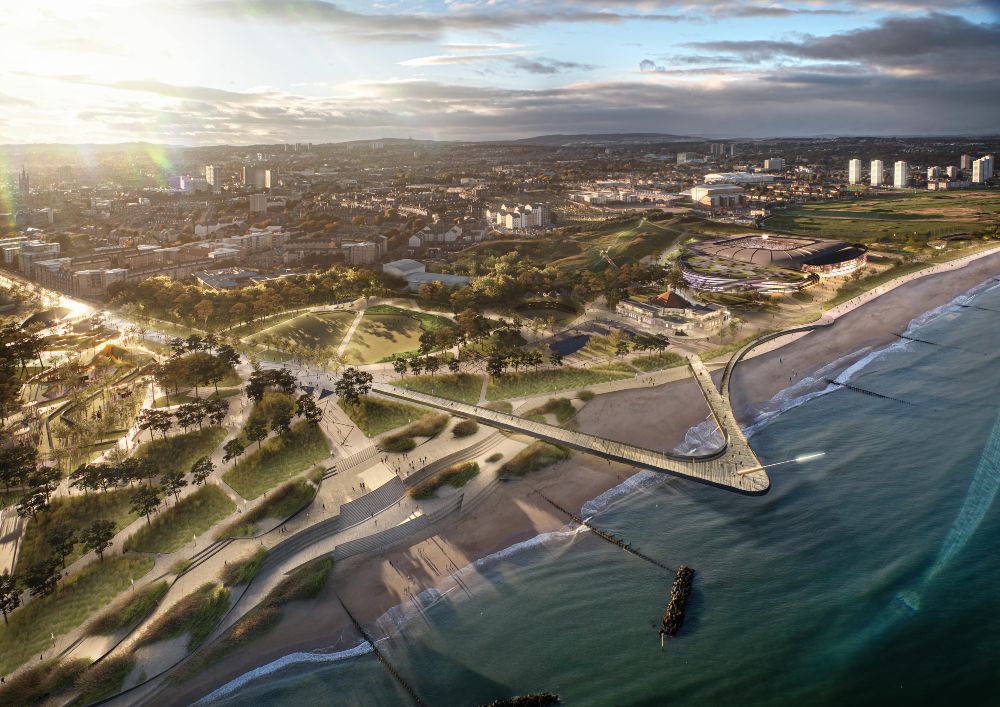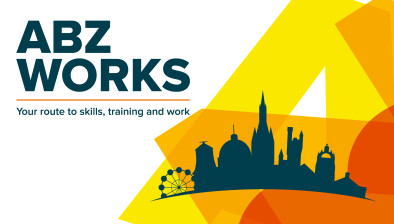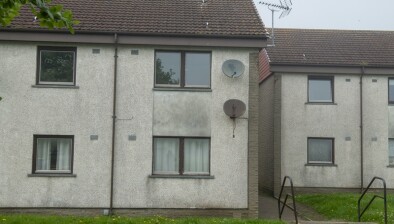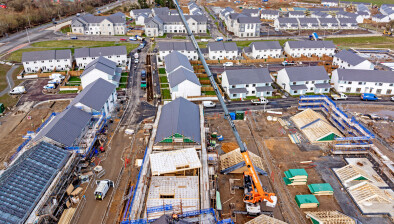Aberdeen economy set for £1bn boost if new beachfront stadium is approved

Proposals for the beach area
A new stadium at Aberdeen beach is projected to inject at least £1billion into the local economy over the next 50 years and generate footfall of 38 million.
The economic impact of a community sports stadium as the centrepiece in Aberdeen’s beach regeneration has been revealed in a report carried out by Aberdeen & Grampian Chamber of Commerce and MKA Economics, jointly commissioned by Aberdeen City Council and Aberdeen Football Club.
The report estimates that the stadium and community facilities would generate an additional £20m into the local economy every year.
A new stadium and community leisure complex would directly support 260 sustainable jobs, providing £6m per annum in salaries, and an additional £14.3m of gross value added (GVA) every year.
Furthermore, £80 million will be generated in new construction activity, creating almost 400 jobs across the industry.
Pittodrie currently generates around 400,000 visits every year. But with bigger and better facilities, the new stadium could bring an additional 350,000 visitors per year for major events alone. That is a total footfall of 750,000 every year.
Fergus Mutch, policy adviser for Aberdeen & Grampian Chamber of Commerce, said: “The report shows how the proposed development will create new jobs and generate additional income in the economy through new construction activity, increasing footfall, retaining and increasing local spend in the city, encouraging the growth of existing businesses and the creation of new ones and attracting new visitors.
“Aberdeen cannot afford to lose the Club from the city. Retaining Aberdeen FC in our city centre is becoming more critical by the day as uncertainty grows around the future of two of our shopping centres and Union Street falls further into decline. Public finances are being squeezed like never before, but we must invest in capital projects like this which will enhance our city and secure our future prosperity.”
The economic case for a new stadium as the anchor project for the beachfront masterplan is further bolstered by examples of where stadium developments have created a destination and acted as a catalyst for wider regeneration. These include Brentford Community stadium which stimulated significant wider regeneration, including almost 500 new homes, and generated additional revenues for the Club and additional GVA in the local economy.
The study also demonstrates the strong strategic fit of the project, which is aligned to both regional and national growth strategies.
The wider community benefits, including the opportunity to attract major international professional sports events and to increase local sports programmes, as well as the positive impact on health and well-being as a result of increased and enhanced leisure facilities are also outlined in the report.
Dave Cormack, chairman of Aberdeen FC, commented: “Evidence shows that successful regeneration projects need a centrepiece. This is one of the reasons Aberdeen City Council approached us about staying in the city with a stadium that would be a catalyst for the wider revitalisation of the beach and its connectivity with the city centre.
“A new, net-zero, sea-facing stadium would drive the footfall necessary to enable the regeneration of the beachfront, including a potential urban park, refurbishment of the beach ballroom and the creation of superior leisure facilities so that the area becomes a true destination.
“Underlining Aberdeen’s ambition as a forward-thinking city, the proposed stadium and community leisure facilities would send out a positive signal about being open for business and investment while, internally, boosting civic pride and supporting the health and well-being of citizens.
“And with the economic report highlighting that a new stadium would deliver at least £1bn of economic uplift to the city over the next few decades, this clearly demonstrates the Club’s ability to be of significant benefit to Aberdeen, including being an excellent community partner.”














